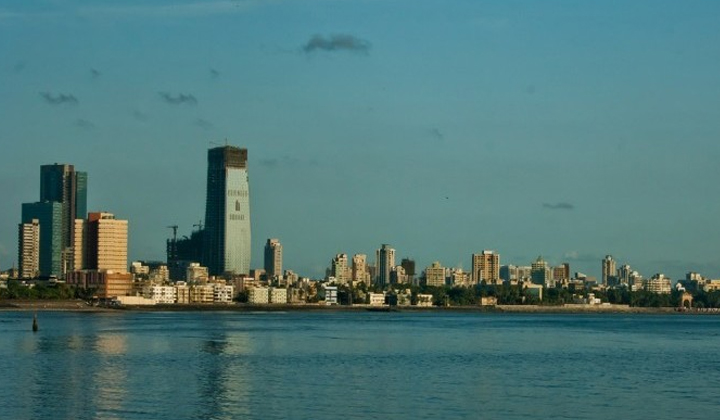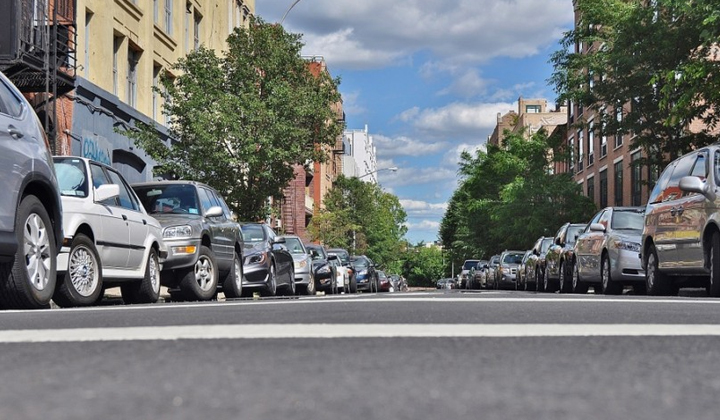Trending Now
- 830 voters names go missing in Kavundampalayam constituency
- If BJP comes to power we shall consider bringing back electoral bonds: Nirmala Sitaraman
- Monitoring at check posts between Kerala and TN intensified as bird flu gets virulent in Kerala
Real Estate
Are High-Rises Answer To India’s Rising Population?
![]() September 21, 2016
September 21, 2016
In old times, markets were concentrated in certain centres, and that was the reason why more and more people built their houses around these centres. Later, this concept came to be known as central business districts (CBDs) in cities. At a much later stage, managing the crowd around these areas gave urban planners and authorities sleepless nights.
Building taller structures looked like a viable option to many. By increasing floor area ratio or FAR (also known as floor space index or FSI), urban planners initiated an era of building sky-touching structures. Mass-transit system was accordingly introduced to make urban life fast yet easy. As a result of this, more and more people started shifting to cities, leaving behind the rural life and difficulties involved with it.
As far as India is concerned, about 600 million people are expected to live in cities by 2031. Now, what happens to the villages that are left behind, especially when we are speaking of a country which has agriculture as the backbone of its economy?
Rather than concentrating the population around city centres, why can’t we build new marketplaces along rural areas to maintain the population balance? More than developing smart cities, a country like India needs to focus more on developing smart villages. By incentivizing the biggest employment producing sector—we are taking of agriculture—and by reshaping the rural India, authorities may be able to solve many of their growth and housing problems.
On the other hand, no matter how tall a building is, it will never rise in proportion to the growth in human numbers. A taller building would also need humongous infrastructural support. For instance, if 200 people live in a building and own cars, the road adjoining the building must have the capacity to deal with that kind of traffic. This would apply to the mass transit systems, too. While construction taller building that house millions may be easier, the later part is quite tricky, even for those who are cited as the shining examples in the world of skyscrapers.
Not to mention the security risks we take while giving a go-ahead to high-rises. The India’s geographical placement is not quite apt for very high structures. The champions often cite the US and Singapore as an example to support their claim on the benefits of taller buildings. However, the fact that India, unlike the two, is an agricultural economy and aping a model just because it is working somewhere else may not yield the desired results.
























